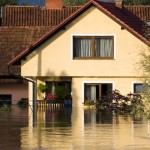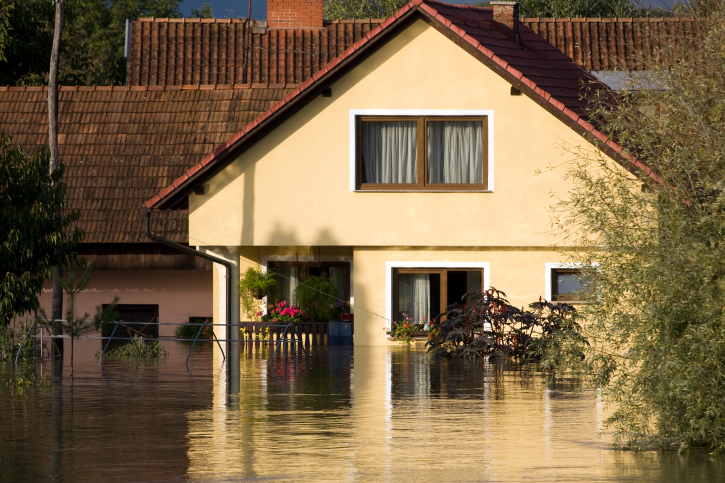More than one in three homeowners are unaware that their home is on a flood plain, new research has found. A worrying one in five said they would have no idea how to tackle it if their home was to flood, while 14% admitted not event knowing which emergency service to contact. The research by AppliancesDirect.co.uk […]
 More than one in three homeowners are unaware that their home is on a flood plain, new research has found.
More than one in three homeowners are unaware that their home is on a flood plain, new research has found.
A worrying one in five said they would have no idea how to tackle it if their home was to flood, while 14% admitted not event knowing which emergency service to contact.
The research by AppliancesDirect.co.uk found that 9% hadn’t looked into protecting their home as they believed it “wouldn’t happen to them”.
Flooding over Christmas and the New Year left thousands homeless as well as causing untold damage to property and businesses.
Recent research by HouseSimple also discovered a quarter of buyers would still consider properties on known flood plains despite the publicity flooded areas have received.
Mark Kelly, marketing manager at AppliancesDirect.co.uk, said: “Following the recent devastation and damage we have seen occurring across the UK as a result of flooding it’s surprising how many Brits are still in the dark about the flooding risk to their homes.
“Measures to protect, prevent and resolve flood damage are often simple, but in times of distress and panic they can be forgotten, so it is important that people are prepared and clear on what to do should the worst happen. Domestic drying equipment such as dehumidifiers can be used to remove moisture from affected homes, and doing so will prevent the onset of mould and structural damage.”
Tips for preventing flood damage
1. Assess the flood risk to your home
Check if your home and local area is at risk of flooding using the Environment Agency’s postcode service. However, be cautious as flood risks are calculated using historical data, and future weather and flooding may be worse than previous records.
2. Conduct a building health check
Assessing the external condition of the building will highlight any shortcomings. Simple measures such as a sealable airbrick and toilet bung can prevent immediate flooding following a surge in water levels.
3. Create a flood plan
Writing down and sharing a considered plan of action to all who live in your home can prevent immediate accident and damage. This should include simple measures, including making sure all electrical items are turned off and well away from rising water lines, and making everyone aware of where stop taps and kill switches for utilities such as water, gas and electricity.
4. Prepare a temporary living plan
After flooding, a building may be unsafe to return to for days and even weeks. Ask friends and family if they would be able to accommodate you for a short period of time in the event of a flood, and put plans in place which will allow you to lead a normal life with minimal disruption.
5. Getting back to normal
Once your home is deemed safe to return to by the local authority you can enter your property. Contact your insurer as soon as possible who will help you identify items which have been damaged. You will need to take pictures and make a list to support your claim. Depending on the scale of the damage your insurer can also assist in the clean up. If you don’t have insurance a qualified contractor can be employed to assess the safety of utilities. Appliances such as a dehumidifier can be used to extract moisture from the building for months after the water has been cleared.














